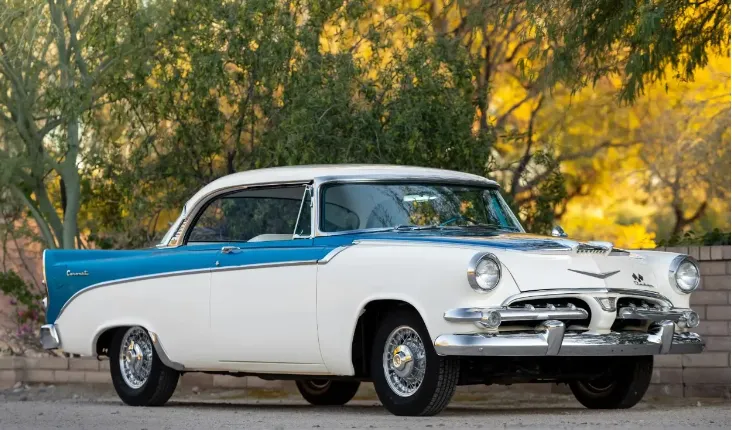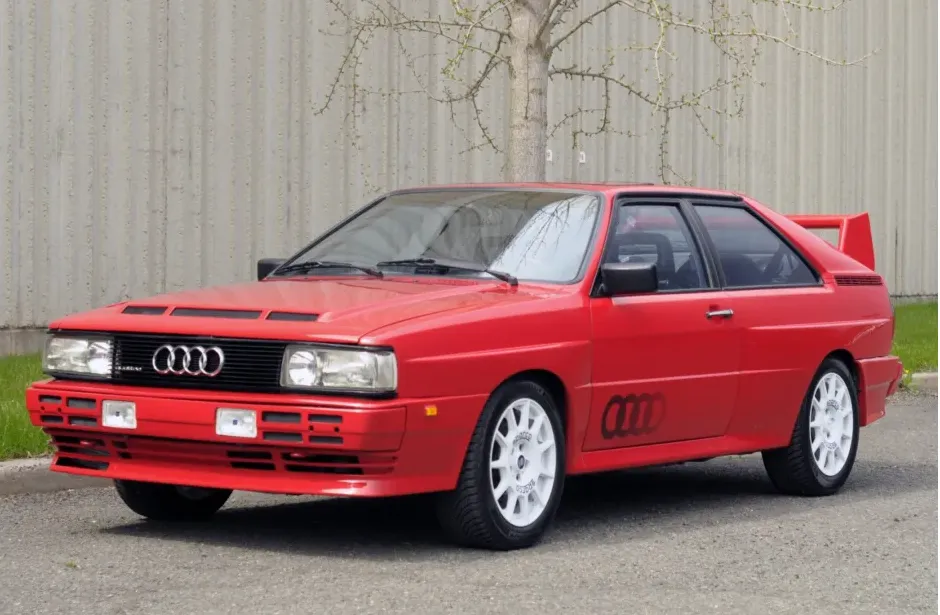The 1969 Chevrolet Corvette Manta Ray concept car is a striking example of automotive innovation and design from the late 1960s. As a bold and futuristic iteration of the iconic Corvette lineage, the Manta Ray combined cutting-edge technology, avant-garde aesthetics, and high performance, solidifying its place in automotive history.
Design and Styling

The Manta Ray concept car was a radical departure from the traditional Corvette design, showcasing a sleek, aerodynamic silhouette inspired by the aquatic grace of its namesake, the manta ray. The car's low, elongated profile and dramatic curves emphasized speed and fluidity, while the sharp, pointed front end and sweeping rear fenders added an aggressive and dynamic look. The Manta Ray featured a prominent "shark nose" front, retractable headlights, and a distinctive split rear window, echoing elements of the 1963 Corvette Sting Ray but with a futuristic twist.

One of the most eye-catching features of the Manta Ray was its use of innovative materials and finishes. The concept car sported a metallic silver-blue paint job that highlighted its sleek lines and gave it a striking, otherworldly appearance. The interior of the Manta Ray was equally forward-thinking, featuring a minimalist yet luxurious design with advanced instrumentation and high-quality materials, creating a cockpit-like environment for the driver.
Engineering and Performance

Underneath its stunning exterior, the 1969 Chevrolet Corvette Manta Ray was a showcase of advanced engineering. The concept car was powered by a potent 427 cubic-inch V8 engine, which delivered impressive horsepower and torque, embodying the performance capabilities that the Corvette name was known for. The Manta Ray also featured innovative suspension and braking systems designed to enhance handling and control, ensuring that its performance matched its looks.

The use of lightweight materials, such as fiberglass, in the construction of the Manta Ray helped reduce overall weight and improve fuel efficiency, a consideration that was becoming increasingly important during the era. Additionally, the concept car incorporated various aerodynamic enhancements, including a low drag coefficient and a rear spoiler, which contributed to its high-speed stability and overall performance.
Technological Innovations

The 1969 Manta Ray concept car was not only a design and performance marvel but also a showcase of technological innovation. It featured advanced instrumentation, including digital displays and controls, which were ahead of their time and hinted at the future of automotive technology. The concept car also explored the use of electronic systems for improved vehicle control and driver assistance, setting the stage for developments that would become commonplace in later decades.
Legacy and Influence

Although the 1969 Chevrolet Corvette Manta Ray remained a concept car and never went into production, its influence on subsequent Corvette models and the broader automotive industry was profound. The design elements and technological innovations introduced by the Manta Ray found their way into later Corvette models, contributing to the evolution of the iconic sports car. The concept car's emphasis on aerodynamics, lightweight construction, and advanced technology also set a precedent for future automotive design and engineering.

Today, the Manta Ray is celebrated as a symbol of Chevrolet's forward-thinking approach and its commitment to pushing the boundaries of automotive design and performance. The concept car is often displayed at automotive museums and events, where it continues to captivate and inspire car enthusiasts and designers alike.
Conclusion

The 1969 Chevrolet Corvette Manta Ray concept car represents a fascinating chapter in the history of automotive innovation. With its breathtaking design, advanced engineering, and visionary technology, the Manta Ray encapsulates the spirit of experimentation and progress that defined the late 1960s. Although it never reached production, its legacy endures, influencing future generations of Corvettes and leaving an indelible mark on the world of automotive design.



